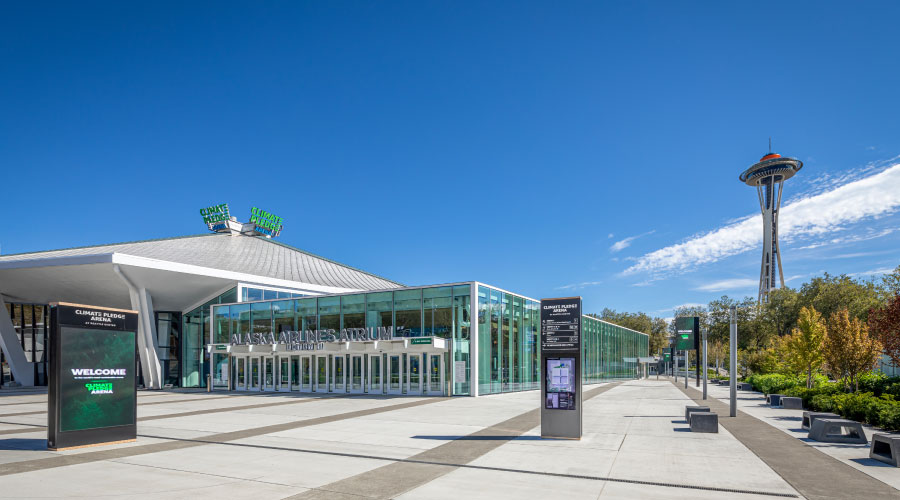Lighting Options Can Cut Restroom Electricity Usage
The biggest user of electricity in a restroom is the lighting system. Changes in lighting fixtures and control systems have given facility managers options for reducing energy use. As with other restroom devices, in general, the more energy efficient the option is, the higher the first cost.
The most commonly used light source for restrooms for the past 40 years has been the T12 fluorescent lamp. But manufacturing of the T12 lamp is being phased out in favor of the smaller diameter and more energy efficient T8 and T5 lamps. Even there, different light fixtures produce different lighting levels and light distributions. Over the life of the restroom, the cost of the energy used by the lighting system will far exceed the cost of the system installation. Facility managers should evaluate different lighting system configurations in terms of their energy costs.
Lighting Control Options
A second factor that must be considered when evaluating lighting system options is what type of lighting controls should be installed. By far the least expensive option is the standard wall switch. But that leaves it up to occupants to remember to turn off the lights when exiting. Studies of lighting system energy use in infrequently used spaces such as restrooms show that as much as 90 percent of the lighting system energy use is wasted.
The most commonly used alternative lighting control is the occupancy sensor. Low cost and reliable, the control offers a payback that is measured in weeks or months in applications that are straightforward and require only a single sensor. In other applications where the sensor may not be able to detect motion everywhere in the restroom, additional sensors must be installed to prevent the accidental blackout. Even in these applications, the energy savings will quickly recover the additional installation costs.
Electric hand dryers also give facility managers options. The standard hand dryer is manually operated for a preset amount of time. This frequently results in the dryer continuing to operate well after the user has finished, or requires the user to activate the dryer a second time. Higher cost options include touchless hand dryers that operate only when a user's hands are placed in front of the unit, thus limiting operation to only the time required. Another option is high air flow, touchless hand dryers that reduce the amount of time required to dry hands.
Facility managers should evaluate these options for their particular application. All facilities will most likely benefit from the use of higher cost and more efficient light fixtures and hand dryers, but not all will benefit equally from the lighting controls. For example, facilities with 24-hour-per-day operations and relatively high restroom use levels may not have sufficient unoccupied time to justify the additional cost of the automatic controls.
Dispenser Selection
One area that is frequently overlooked when performing a life cycle cost analysis for restrooms is the cost of maintaining restroom supplies, such as paper products and soap. Facility managers have a wide range of options when it comes to selecting restroom dispensers. Unfortunately, more time is generally spent on evaluating appearance options rather than the impact that the dispenser has on life cycle costs.
There are two primary factors to consider when selecting dispensers that minimize life cycle costs: the amount of product dispensed and the labor cost to restock the dispenser.
Dispensers that minimize first costs tend to be ones that allow the user to have complete control over how much product can be dispensed at a given time: the manual paper towel dispenser and the hand-pumped soap dispenser. Both can lead to excessive product use and the need for frequent restocking.
Dispensers that limit the amount of product dispensed can decrease both the cost of the product used and the labor required for refilling. Because these units typically are significantly more expensive than the manual units, facility managers need to evaluate the trade-off between first costs and the reduction in long-term operating costs. In general, the higher the use level of the restroom, the greater the benefit of automatic dispensers.
Also consider capacity. High-capacity units require less frequent restocking, reducing labor costs. High-capacity units are particularly important in high-traffic restrooms.
Related Topics:













